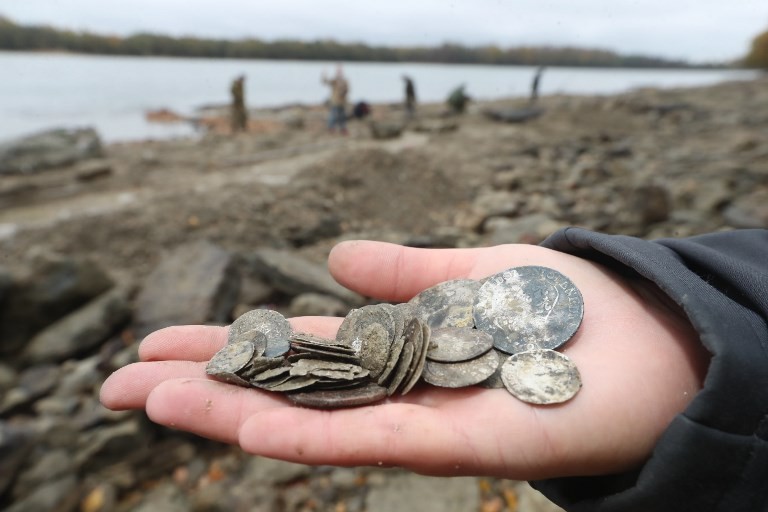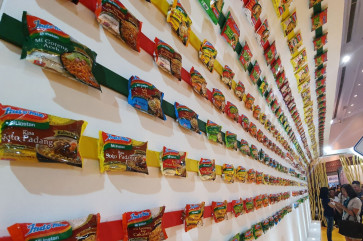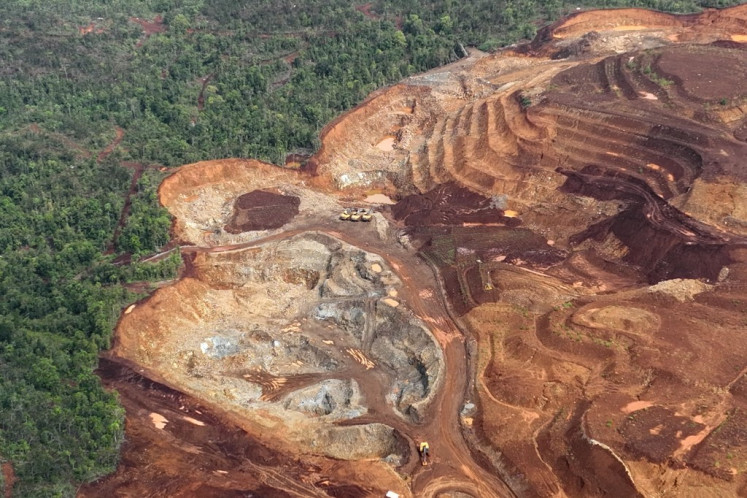Popular Reads
Top Results
Can't find what you're looking for?
View all search resultsPopular Reads
Top Results
Can't find what you're looking for?
View all search resultsDry Danube reveals hidden treasure in Hungary
A treasure trove of some 2,000 gold and silver coins has been found on the Danube riverbed in Hungary thanks to an exceptionally low water level.
Change text size
Gift Premium Articles
to Anyone
A
treasure trove of some 2,000 gold and silver coins has been found on the Danube riverbed in Hungary thanks to an exceptionally low water level, archaeologists said Thursday.
"Around 2,000 coins have been found, as well as arms, pikes, cannon balls and swords," Katalin Kovacs, an archaeologist with the Ferenczy Museum Center, told the MTI agency.
The discovery was made this week where the river passes by the town of Erd, to the south of Budapest.
Archaeologists are working frantically, assisted by divers and drones, to extract what they can from the site before a rise in river levels expected this weekend.
Read also: Climate change sinking Arctic archaeological treasures
Like other rivers across Europe, the Danube is in some places at a historically low level after a long period of dry weather. In Budapest it is running at a mere 38 centimeters, which has affected shipping traffic.
The treasure, which includes ducats and pennies, was found amid the wreck of a trading boat whose origin is not yet known, archaeologists said.Like many rivers across Europe, the Danube is in some places at a historically low level after a long period of dry weather
"The coins are 90 percent foreign and date from between 1630 and 1743", archaeologist Balazs Nagy told the Klub radio station, adding that they had been minted in "the Netherlands, in France, Zurich and even the Vatican".
The low level of the Danube has already revealed the remains of Budapest's former Franz Josef bridge, which was destroyed during World War II, as well as an American bomb from the same period.











